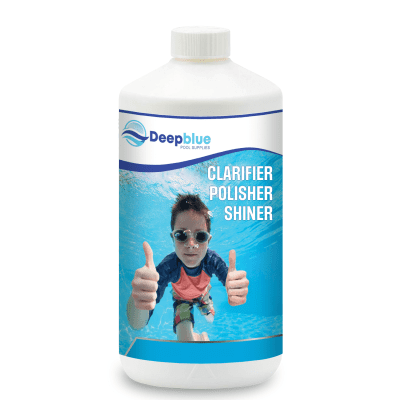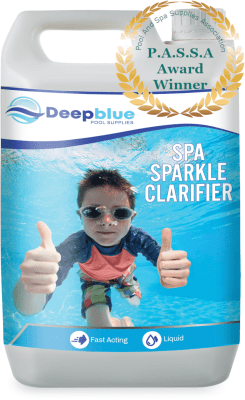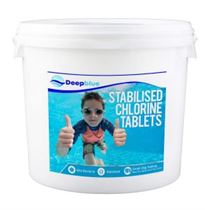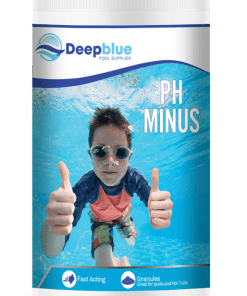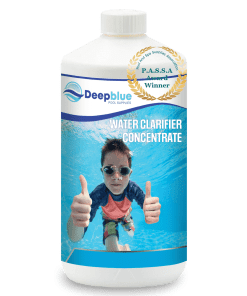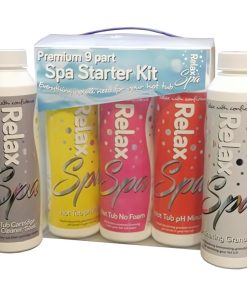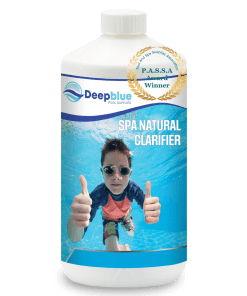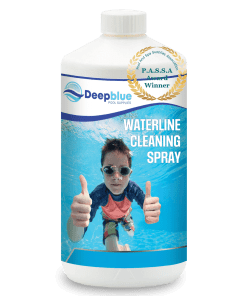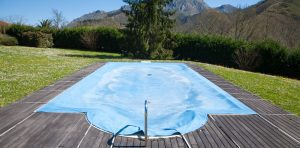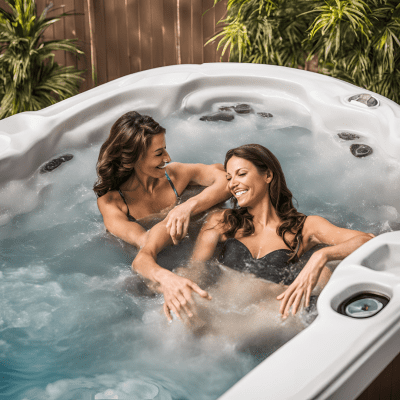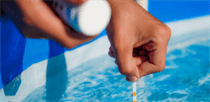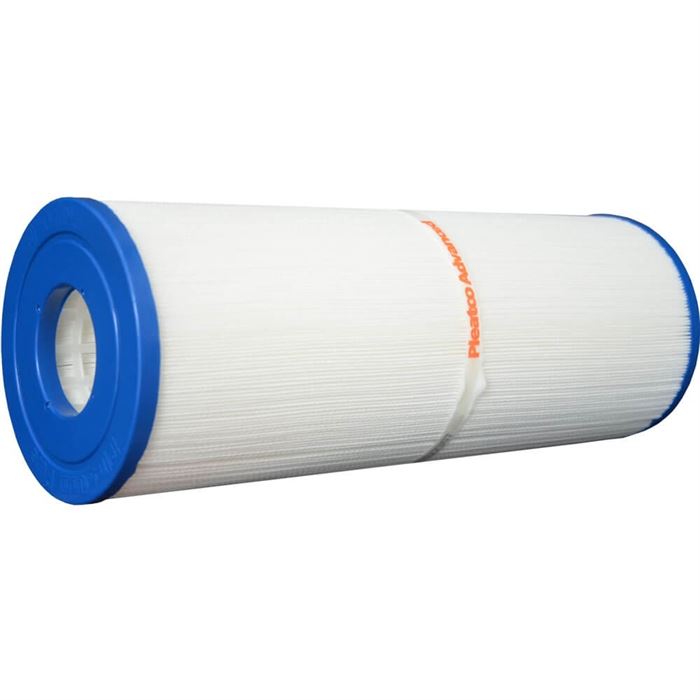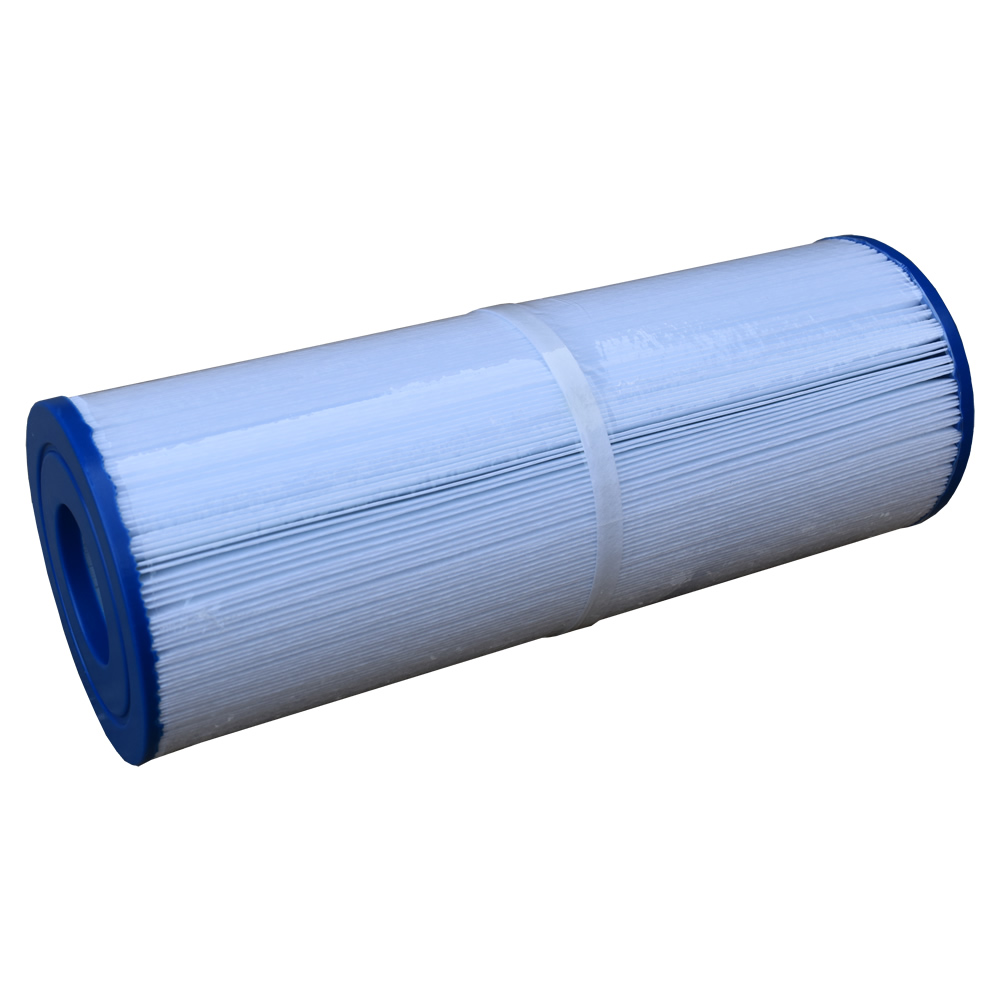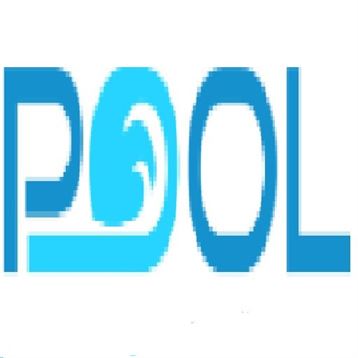Blogpool, Hottub, Maintenance
Operating a hot tub: A simple guide
I. Understanding Your Hot Tub
Hot Tub Volume: The correct water volume calculation remains essential for precise chemical dosing. Several calculation methods exist in the handbook for hot tub water volume determination including the Exterior Dimension Method and the more precise Fill Time Method.
The filtration system operates as a vital component to achieve water cleanliness. The water temperature range between 100°F to 104°F (38°C to 40°C) establishes ideal conditions for harmful substances to multiply. The system requires periodic cleaning together with replacement of filters to maintain its peak operational state.
Swim Spas: Larger units enable swimming through adjustable current controls. “Think of it as a treadmill for swimmers.” The handbook explains how different current creation systems including jet propulsion and paddle wheels and propellers generate distinct swimming opportunities.
II. Setting Up Your Hot Tub
Your hot tub requires a specific setup procedure which the handbook explains in detail.
Positioning: Evaluate possible hot tub locations based on available space and both accessibility and privacy needs.
Electrical Connection: A dedicated GFCI outlet should be available for installation according to safety regulations.
Plumbing Connection: Hot tub water supply requires a hose filter to reduce impurities before connecting it to the hot tub water source.
Priming the Pump: “The water circulation process removes air that has become trapped in plumbing tubes which causes an air lock.” This process ensures proper water flow.
Filter Installation: The filter cartridge should be inserted into the filter well by making sure it fits properly.
Filling: The hot tub needs to be filled with water through the filter area while leaving space for bathers to enter and create displacement.
Powering Up and Priming Jets: Start the power source then activate the jets to evacuate remaining air from the system.
Start-Up Chemicals: After the water reaches 80°F (30°C) the start-up chemicals should be added according to the determined water volume measurement.
Initial Filter Run: The filter requires at least an hour of operation to initiate the water cleaning process.
Water Testing and Balancing: Use test strips or a kit to check water quality before performing pH and alkalinity and calcium hardness balancing procedures.
Setting Temperature: The hot tub should be kept at a temperature range of 98°F to 102°F (36°C to 38°C).
III. Maintaining Your Hot Tub
Weekly Maintenance: The essential components of hot tub maintenance involve continuous assessments of alkalinity along with pH and sanitizer concentrations.
Sanitizers: The handbook evaluates different sanitizer choices including chlorine and bromine alongside mineral systems and ultraviolet sanitizing while explaining their advantages and disadvantages together with recommended usage amounts. The sanitizer creates continuous effective sanitizer flow while producing soft water with decreased chloramines and requiring lower chlorine control doses.
Water Balance: A well-balanced water chemistry foundation enables clear water appearance alongside equipment durability and provides comfortable bathing conditions. The handbook contains extensive information about pH values and alkalinity levels together with calcium hardness measurements and their interconnectedness. The level you measure which shows the greatest sensitivity to poor water care is pH.
Water Testing: A regular testing routine with test strips and kits and professional analysis supports maintaining correct water balance. “Test your hot tub water at least once per week.”
Draining and Refilling: According to the handbook hot tubs should be drained and refilled every three to four months to stop TDS accumulation and keep water quality at its best. The process of draining and refilling your hot tub three to four times per year may feel inconvenient but its benefits for your health and water cleanliness make the time worth spending.
IV. Salt Water Hot Tubs
This part explains the necessary steps for salt water hot tub maintenance including:
Conversion Process: The process describes the steps to turn a standard hot tub into a salt water system.
Salt Level Management: Proper salt levels should always be maintained according to specifications provided by chlorinator manufacturers.
Sanitizer Levels: The chlorinator system generates sanitizer but operators should continuously monitor chlorine or bromine concentration levels.Shocking: Discuss the necessity of shocking to re-activate bromine or to oxidize contaminants.
Chlorinator Maintenance: Regular inspection and cleaning of the chlorinator are crucial for optimal performance.
V. Troubleshooting Common Issues
The handbook addresses a wide range of common hot tub problems, offering solutions and advice. This includes:
Cloudy Water: Causes, prevention, and treatment methods for cloudy water.
Foamy Water: Identifying sources of foam and appropriate treatment.
Green Water: Addressing green water caused by copper oxidation and algae growth.
Brown Water: Resolving brown water caused by iron oxidation and debris buildup.
Air Lock: Diagnosing and resolving air lock issues in the circulation system.
GFCI Tripping: Identifying and addressing potential causes of GFCI tripping.
Weak Water Flow: Troubleshooting water flow problems, from clogged filters to pump malfunctions.
Heater Issues: Understanding error codes related to heater problems and troubleshooting steps.
Jet Malfunctions: Resolving issues with jets, including low pressure, blockage, and non-functional jets.
VI. Additional Information
The handbook provides valuable tips for energy and cost savings, as well as environmental considerations:
Energy Efficiency: “By lying right on the surface of your hot tub water, under the cover, a floating thermal blanket will stop nearly all evaporation and gassing off of chemicals.” Tips for maximizing energy efficiency and reducing operating costs.
Recycling Spa Water: “Your used spa water is gray water, which means it isn’t safe to drink, but can be used for things like washing your car and watering your garden.” Guidance on recycling used spa water responsibly.
Chemical Usage: Emphasises the importance of using chemicals sparingly and responsibly to minimise environmental impact.
VII. Useful Resources
The handbook concludes with:
Chemical Dosing Charts: Provides easy-to-use charts for calculating the correct dosages of various chemicals based on hot tub volume.
Recommended Chemicals, Tools, and Equipment: A comprehensive list of essential items for maintaining and enjoying your hot tub.
Glossary: A detailed glossary defining key terms used in the handbook, enhancing understanding of hot tub terminology.
Some products you might be interested in:


